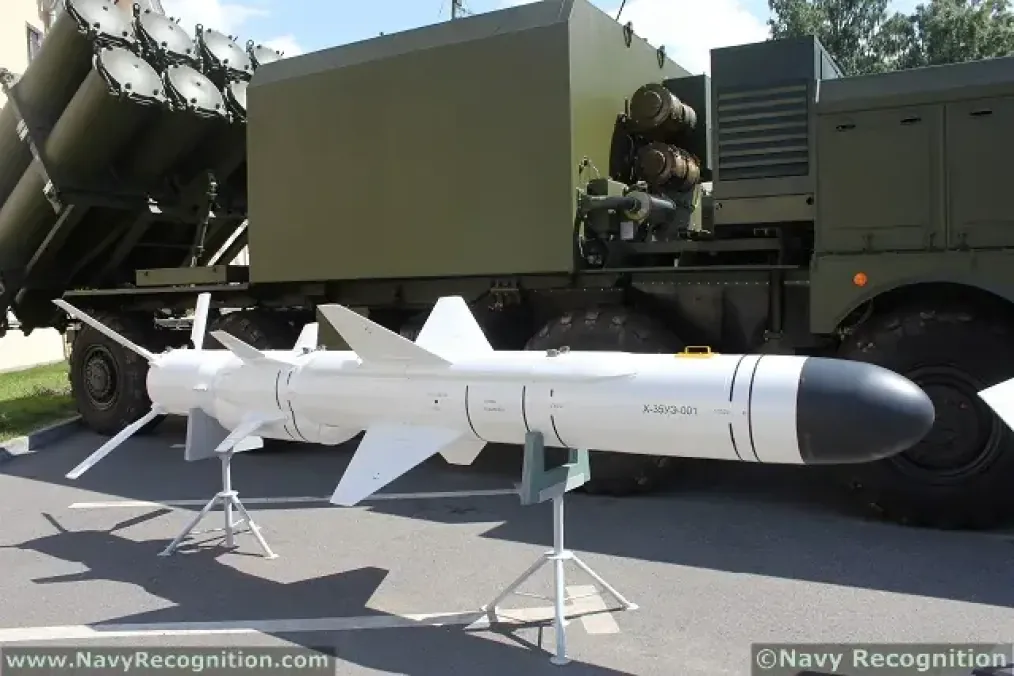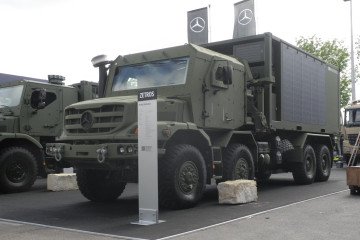- Category
- Latest news
Russia Fires Kh-35 Anti-Ship Missile at Kharkiv in Rare Land Attack, Video

Russian forces launched a Kh-35 cruise missile at Kharkiv overnight as part of a multi-phase aerial attack targeting the city’s infrastructure, according to Ukraine’s Prosecutor General’s Office.
The missile reportedly struck an open area within the transport infrastructure of Kharkiv’s Slobidskyi District at approximately 00:30. The strike preceded a wave of drone attacks that followed shortly after. Ukrainian authorities confirmed that multiple attack UAVs targeted residential buildings and adjacent facilities in the same district.
Preliminary assessments suggest the Kh-35 missile was launched from a Russian Su-34M tactical aircraft. This type of missile has previously been used by Russian forces to strike land-based radar and air defense systems, despite its original design as a naval weapon.
According to available information, the missile strike may have been part of a broader tactic aimed at disrupting Ukraine’s air defense capabilities to facilitate the subsequent drone assault. However, officials noted that the missile’s targeting system may have failed during the operation.
Background: Russia’s use of Kh-35 missiles
The Kh-35 (NATO reporting name: AS-20 'Kayak') is a Russian subsonic cruise missile developed primarily for use against naval targets. However, throughout the war in Ukraine, the missile has also been adapted for use against land-based targets.
Fired from coastal launchers or aircraft such as the Su-34, the Kh-35 features a range of up to 500 kilometers and is equipped with an active-passive radar homing head. This allows it to home in on radar emissions, making it effective in targeting radar stations and air defense assets.
-8ff74eb427048fb43a21b623ab814c0b.png)
In previous attacks, particularly in 2024, Kh-35 missiles were used in Kharkiv region to target airfield infrastructure and radar systems.
One notable incident occurred in July 2024, when a missile strike hit the ATCR-33S-NG radar at the non-operational Kharkiv airport—a system that had been used for civilian air traffic control before the full-scale invasion and was not intended for military use.
Russian forces have also employed the missile in a more conventional role, using satellite navigation to strike static ground targets. This dual-purpose application underscores its flexibility in Russian tactical planning.







